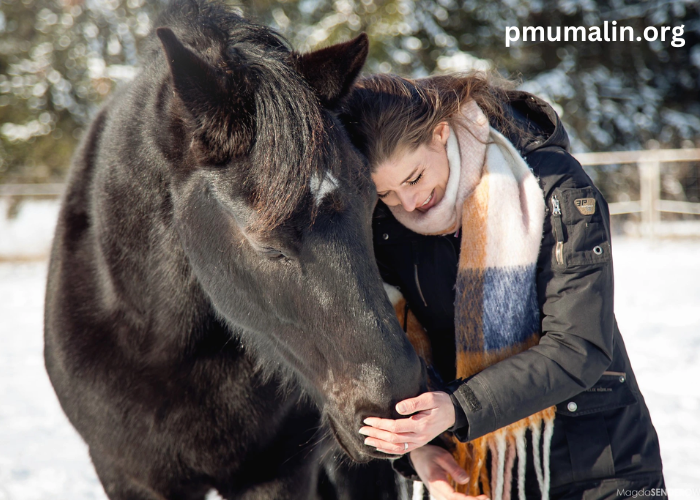Horses have captivated human hearts for millennia with their grace, power, and unique personalities. Their role in our history ranges from transportation and labor to companionship and sport. Despite their significant presence in human life, horses remain complex creatures whose behaviors and needs can sometimes be puzzling. Understanding horse behavior is crucial for providing proper care and fostering a strong bond between humans and these magnificent animals. Explore a wide range of courses on casacourses, designed to enhance your skills and knowledge. Enroll today and take your learning to the next level!
The Basics of Horse Behavior
Horses are prey animals by nature, which significantly influences their behavior. Unlike predators, which are generally solitary and territorial, prey animals like horses are social and live in groups for protection. This instinctive behavior is reflected in their communication, social structure, and responses to their environment.
- Body Language: Horses primarily communicate through body language. They use their ears, eyes, and posture to convey emotions and intentions. For instance, pinned-back ears often indicate irritation or discomfort, while forward ears signify curiosity or interest. A relaxed body stance usually denotes contentment, while a tense posture may signal fear or aggression.
- Vocalizations: Horses also use vocalizations to express themselves. Whinnying or neighing can be a call for attention or an indication of excitement. Snorting often serves as a way to clear the nasal passages or signal alertness. Understanding these sounds can provide insights into a horse’s emotional state.
- Social Structure: In the wild, horses live in herds with a clear hierarchy. This social structure influences their interactions with humans and other horses. Understanding this hierarchy can help in managing horses, as they are sensitive to social dynamics and leadership roles.
Interpreting Equine Communication
- Reading Ears and Eyes: Observing a horse’s ears and eyes can offer valuable clues about its mood. Ears pricked forward usually indicate curiosity or attentiveness, while ears pinned back suggest irritation or fear. Similarly, a horse with wide-open eyes may be alert or anxious, while relaxed eyes often denote calmness.
- Behavioral Cues: Horses communicate discomfort or unease through specific behaviors. For example, a horse that suddenly bolts or spooks might be reacting to something perceived as a threat. Understanding these behavioral cues helps in assessing a horse’s mental and physical well-being.
- Social Interactions: Observing how horses interact with each other can reveal their social preferences and hierarchies. Horses that display dominant behaviors might seek leadership roles, while more submissive horses may avoid confrontations. These interactions can inform how a horse might behave in a new environment or with unfamiliar individuals.
Best Practices for Horse Care
- Establish Trust: Building a trusting relationship with a horse is fundamental. Approach horses calmly and confidently, and avoid sudden movements that could startle them. Consistent, gentle handling helps establish a bond and encourages cooperative behavior.
- Provide Enrichment: Horses are intelligent and social animals that benefit from mental stimulation and social interaction. Provide toys, varied feeding methods, and opportunities for interaction with other horses to keep them engaged and prevent boredom.
- Monitor Health: Regular health checks and observation of behavior can help in early detection of potential issues. Changes in behavior, appetite, or energy levels may indicate health problems and should be addressed promptly with veterinary care.
- Training and Socialization: Positive reinforcement training techniques are effective in teaching horses desired behaviors. Socializing horses from a young age with various environments, people, and other animals can help them adapt better to new situations and reduce stress.
Conclusion
Understanding horse behavior is key to ensuring their well-being and building a strong relationship with these remarkable animals. By paying attention to their body language, vocalizations, and social dynamics, we can better meet their needs and foster a more harmonious and fulfilling partnership. Whether you’re a seasoned equestrian or a horse enthusiast, taking the time to learn and appreciate the intricacies of equine communication will lead to a deeper connection and a more rewarding experience with horses.
